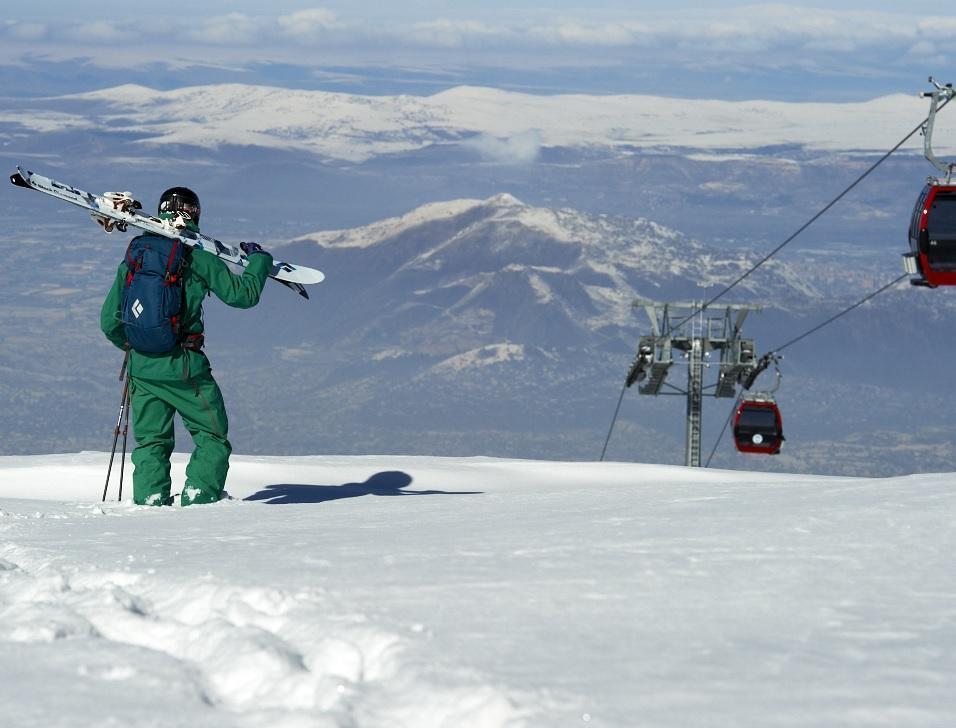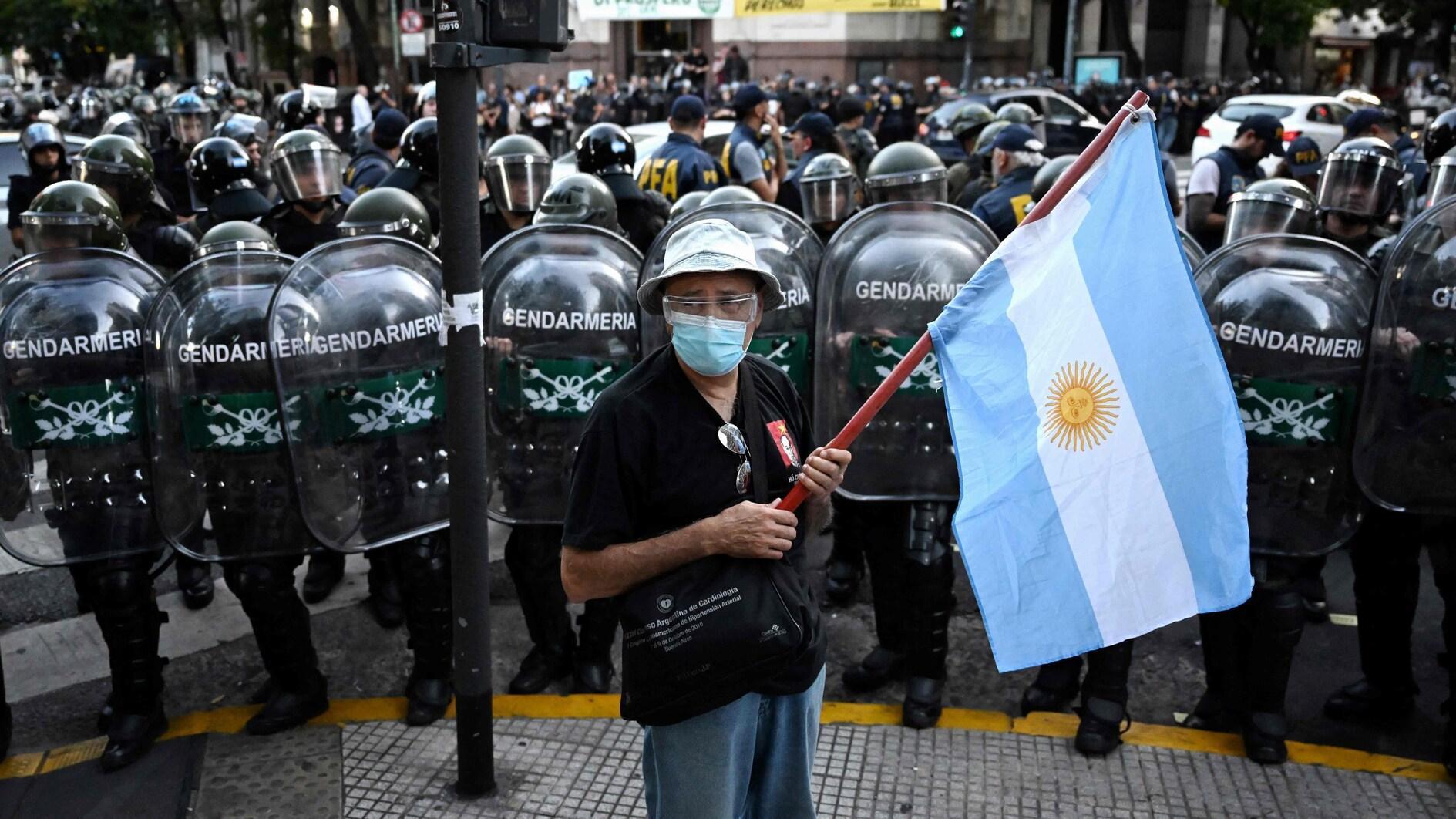On the Dragon’s Back: Mount Erciyes
Melih Uslu

Kayseri Airport being a scant hour-and-a-half from Istanbul by airplane, flying is the most practical way of getting there. The biggest city in the entire Cappadocia Valley, Kayseri sits smack dab on the cusp between the Central Anatolia steppe and the Eastern Anatolian Plateau, which boasts the highest mountains in Turkey. Before or after you climb Mount Erciyes, set aside some time for a panoramic view of the surrounding area and a city tour of Kayseri, an old historical town.
A magical landscape
You can reach the Erciyes Ski Center, which is 25 km from Kayseri, via the road that connects the town of Hisarcık to the Tekir Highlands. Accompanied by postcard-pretty landscapes, the road winds through the snow-covered steppe amid wooden shepherds’ huts, flocks of goats and natural springs large and small. As you climb to the snow-capped summit of Erciyes, an extinct volcano, the Kayseri Plain will spread out below you like a sheet. And when you reach 2,000 meters, the Cappadocia Valley and its unique geological formations will come into view. The mountain road that links Kayseri to the ski center is kept open even in the harshest winter weather under the watchful eye of the local authorities. Nonetheless, chains are a must for those who make the drive up in their private car, a journey that may take up to two hours from the city center under difficult road and weather conditions. When you step out of your car at the ski center and feel the cold snow under your feet, you won’t believe that Erciyes was once a fiery volcano spewing terror in every direction. However, on the gold and copper coins found at the imposing ancient town of Mazaka, which was brought to light on the mountain’s highest slopes, Erciyes (ancient Argaeus) is depicted as a fire-breathing dragon. The lava that poured from this 3,917-meter-high mountain formed the spellbinding landscape of the Cappadocia Valley. The symbol of Kayseri today, Mount Erciyes, with its peaks that are snow-capped at least three seasons of the year, more than a fire-spewing dragon, now brings to mind an elegant lady sporting a white crown on her head.
Anatolia’s new star
Playing host to the Snowkite Word Cup at March 2020, Erciyes is gearing up to become the world’s second biggest center for winter tourism after the Alps following a whopping 300-million-euro investment. Poised to become the engine of winter tourism in Turkey, the Erciyes Winter Sports and Tourism Center is currently undergoing a makeover. The countdown has already begun at the center, which will host hundreds of players from around 20 countries for the Snow Volleyball, March 12 to 15. And preparations for the 2020 Snowkite World Cup are nearing completion. Also Jump and Frezee Party will be so enjoyable in Redbull Snow Pool on Feb. 15. Erciyes boasts soft, non-sticky soil and pistes for skiers at every skill level, making it a strong candidate for becoming a world winter tourism favorite. The first steps toward this goal were taken in 2005. Now the Erciyes Winter Sports Tourism Center project, the final leg of the Kayseri Tourism Master Plan, is becoming a reality. The ski pistes, artificial snow units, social facilities, accommodations and recreational centers being built for the project are in their final phase. Mechanical facilities in the Tekir area have also been included among the investments aimed at making Erciyes one of a handful of winter tourism centers in the world. The region’s new gondola lift is ready for use. When it goes into operation, athletes this winter will ascend to the summit in gondolas for eight or 10 passengers. The old chairlift, which limits the piste area, is being dismantled and the ski area expanded. Cable cars in the area currently number 56 with a combined length of 1,650 meters. The number of mechanical facilities built as part of the Master Plan has risen to 15 with the addition of those around Tekir, and the total length of the mechanical facilities has long exceeded 25 kilometers. Thanks to the snow machine now operable at the site, the snow season will also last much longer.
A resort for all seasons
A recent statement by Uros Poviknar, who heads the Technical Team of the International Ski Federation (FIS), confirms the scale of the development. Poviknar says that all the pistes at Erciyes have been professionally prepared to international standards and that any kind of winter sports competition could easily be staged here. In addition to the mechanical facilities at the center, piste construction is also continuing apace. Total piste length in the area has already exceeded 160 kilometers and is expected to reach 200 kilometers by the time of the Balkan Ski Championship. Next in line are 21 hotels and resort village projects to be built on the shores of Lake Tekir. Some 120 million dollars have been spent on infrastructure. Hotel beds at Erciyes will number 6,000, exactly six times the current capacity, when the Erciyes Tourism Master Plan is complete. The project is also creating job opportunities for around four thousand people in the region. Another target is to make Erciyes a year-round resort. Facilities for convention, sport and nature tourism are therefore slated to open at Erciyes when the ski season is over. As Erciyes gears up for a spanking new future, it’s up to us to savor the winter pleasure at the region’s ski center. Look out mountain, here we come!
ERCİYES GUIDE
Bünyan carpets
You’ll find numerous shopping choices around Kayseri Castle. You can pick up hand-woven Bünyan and Yahyalı carpets, as well as “pastırma” (Turkish pastrami), sucuk (sausage), dried vegetables and spices at the local shops.
Kayseri mantı
In addition to “kesme” soup, which is made with ground meat, homemade noodles and tomato sauce, Kayseri “mantı” (ravioli) and pastırma en papillote are some of the area’s top culinary specialties.

The Fraktin inscriptions
The Fraktin Rock Inscriptions near the town of Develi in Kayseri province bear traces of the Hittites. Scenes depicting the Hittite kings are portrayed on these monumental reliefs dating back to the 14th century B.C.
















